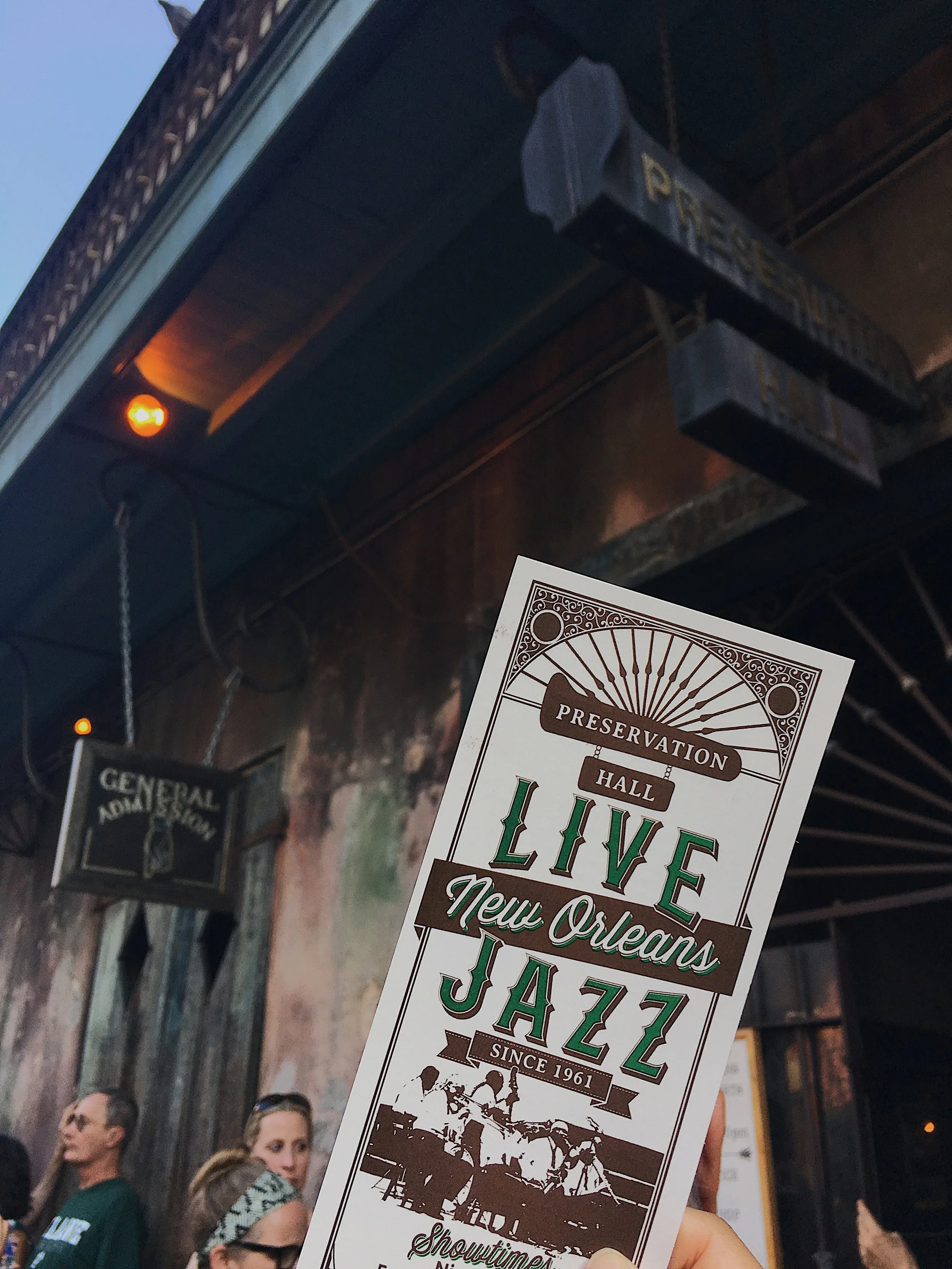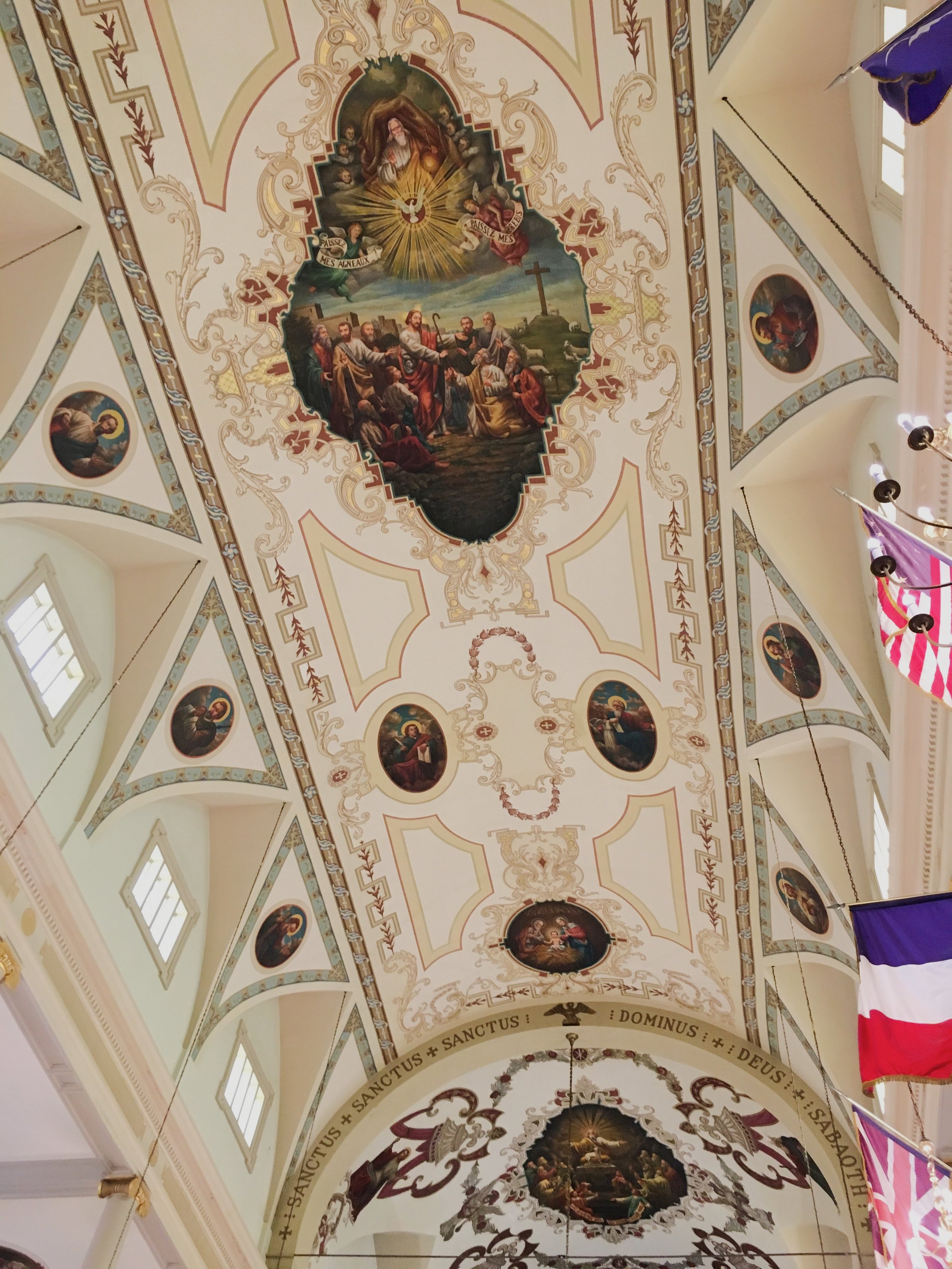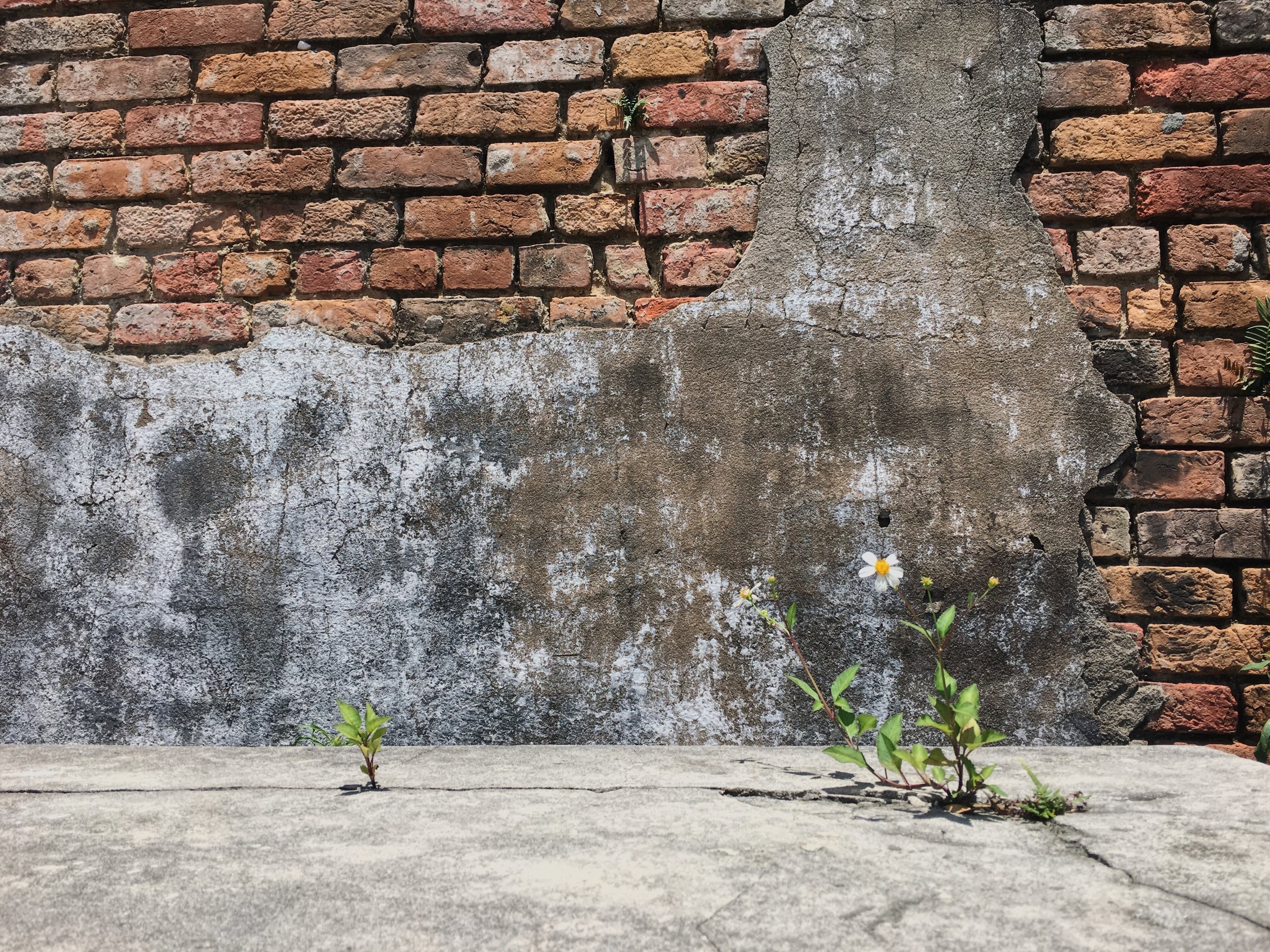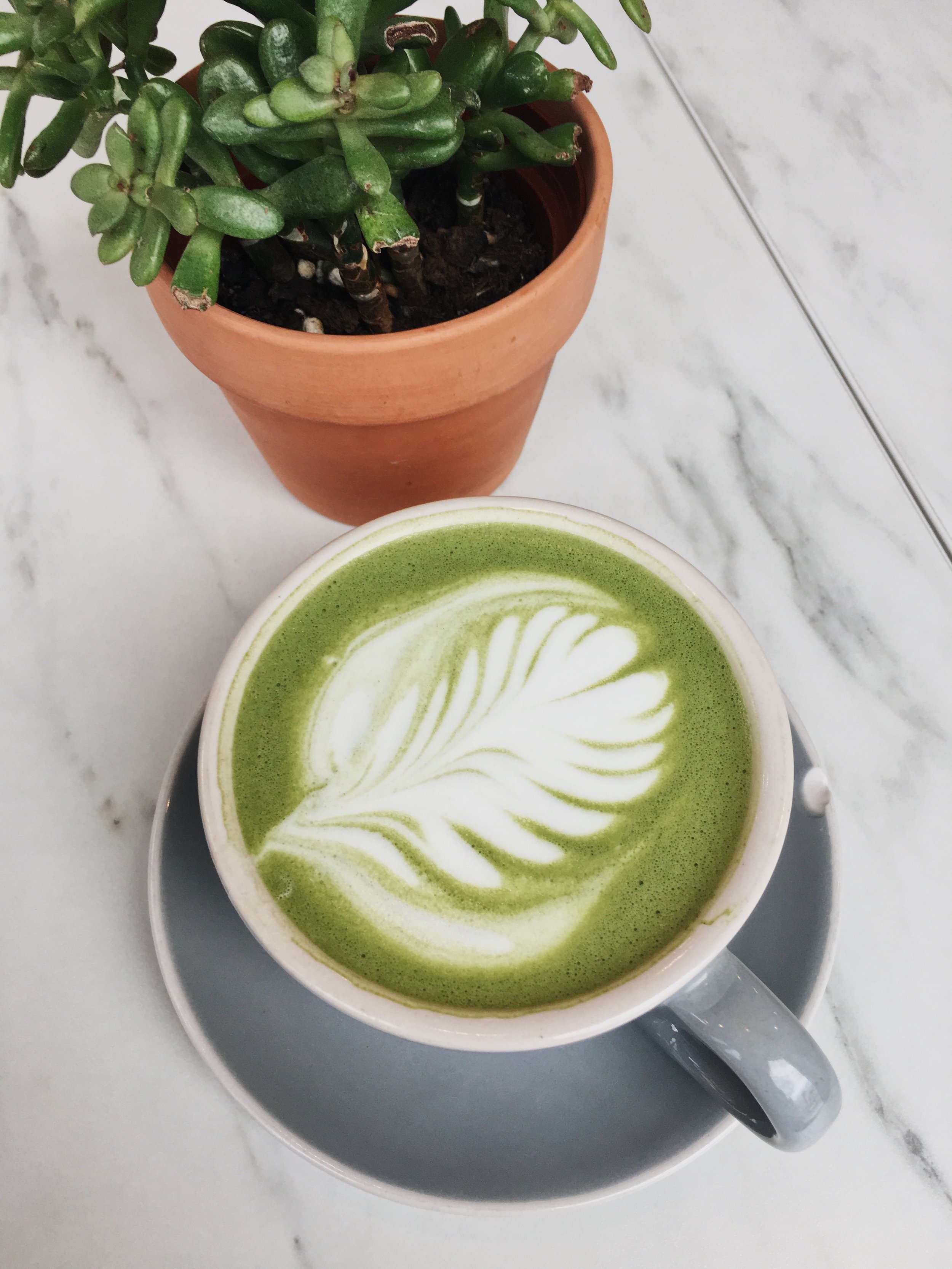"There was no city in America like New Orleans."
Interview With The Vampire by Anne Rice
Every city has a distinct vibe. New Orleans is known to have a lively, joyous, and exciting vibe intertwined in its rich culture. During the first few days upon our arrival, it was fascinating to see the historical houses, unique architecture, and blend of cultures, especially in the French Square and Uptown.
While the houses were absolutely adorable and the streets and buildings were quirky, I hadn’t quite yet experienced the soul of New Orleans that I was hoping for. Where is it? Was I missing it? Did I not eat the right jambalaya? Maybe it’s cause I haven’t had a beignet yet. I appreciated what I saw, but wasn’t sure if I was appreciating the city or the fact that it’s a new and unfamiliar place. Perhaps my expectations didn’t match reality, and I had to come to terms with that.
Despite the slight doubt, I still anticipated the experiences I’d have in the rest of the city. I’m sure I would find “the soul of the city” at some point and be able to tell the folks back home that I had truly experienced New Orleans. But actually, I was just waiting to experience Preservation Hall.
Preservation Hall
I could only wish I have the ability to describe how fantastic and lively the music reverberated in the room.
Jazz never seemed to appeal to me—mostly because I’ve only thought of jazz to be mundane and uninteresting. However, Professor Chater seemed to look forward to it and deemed it worthy to wait in line for an hour for, so I made sure not to have a terribly bored attitude.
We had sat in the very front, on these very uncomfortable and random seat cushions, but a humble and homey seating arrangement nonetheless. The music was right up in my face. Literally, the man on the trombone almost hit me with the slide of his instrument. The beat of the snare was so powerful that I felt it ring throughout my body and unapologetically enhance the tune of the trumpet. By the time the show was over, I was practically deaf and shook because I was not ready to be that moved by jazz music. This was the New Orleans I had only heard about through words, but had now experienced through the living joy of music.
“On into the night and into blue mornings, growing louder the notes burning through and off everyone and forgotten in the body… their bursts of air were animals fighting in the room.”
5.19.18 // Preservation Hall
Preservation Hall was one of the most joyful experiences I’ve had in New Orleans. While New Orleans has a lot to celebrate and express joy over, it also is a city that flourished off of the mournful, disturbing, and evil practice of slavery.
Just as words couldn’t describe how joyful the jazz was, words cannot describe the disturbing history of slavery in New Orleans. During seminar, we mostly learned about the integral role of slavery for the prosperity of New Orleans; however, the testimonies of those who endured slavery weighed deeply on my heart at the Whitney Plantation.
How shameful is it to know that the city of New Orleans, along with the birth and prosperity of America, depended on and encouraged the practice of human exploitation. Vaguely learning about slavery in elementary school is not the appropriate extent of understanding Americans should have of its history. I know that’s around the extent of my understanding of slavery, and so visiting the plantation gave me the opportunity to envision the horrific truth of many people’s lives. Unfortunately, it is an ugly history. This human exploitation involved whipping until people’s backs were bare flesh, defining someone’s identity as your property, and forcing women to breed “good workers.” The physical, mental, and spiritual anguish placed upon people on this very land. It is absolutely something to mourn over.
This wealth, prosperity, and comfort...
...came from working men, women, and children to death.
Immediately after the tour, I felt a pang of shame to even call myself American. Even today, the consequences of human slavery manifest itself through racism, discrimination, and even persist in forms of labor and sex slavery. To be ashamed of my own country may seem dramatic, but it shouldn’t be a shocker because the atrocities of slavery are worse than anyone can imagine, can never be “made up for,” and should never be forgotten.
“Then there were not only the black slaves, yet unhomogenized and fantastical in their different tribal garb and manners, but the great growing class of the free people of color, those marvelous people of our mixed blood and that of the islands, who produced a magnificent and unique caste of craftsmen, artists, poets, and renowned feminine beauty.”
A dangerous way to address slavery, however, is to seemingly normalize it. In our second novel, Interview With The Vampire, Anne Rice describes New Orleans and its people through the eyes of a vampire who lived during the early 1800’s. Unfortunately, her description ends up romanticizing the slaves and adds an element of exoticism to them.
While it’s important to understand that this is a fiction novel from the perspective of a character living during its time, having this dangerous romanticism and exoticism of people of color is just ultimately disrespectful. I address it, not because it’s something to pick out of the novel, but because it’s unfortunately a real perspective that some people still have of people of color. It’s another consequence that originates from the same individuals who encouraged slavery. However, it’s another reminder that advocacy for change in perspective requires respectful conversations about the subject. We ought to speak up about the things that we truly believe in, rather than letting uninformed perspectives or discriminatory comments slide past our ears.
5.18.18 // "The Tomb of the Unknown Slave"
The figure in the photo above is titled “The Tomb of the Unknown Slave.” We came across it as we passed by the church of St. Augustine. And while no statue, monument, or dedication can ever justify the wrong done onto victims of slavery, I thought the plaque next on the wall described its purpose beautifully: “…the tomb of the unknown slave is a constant reminder that we are walking on holy ground. Thus, we cannot consecrate [(declare sacred)] this tomb, because it is already consecrated by many slaves’ inglorious deaths bereft [(deprived)] of any acknowledgment, dignity or respect, but ultimately glorious by their blood, sweat, tears, faith, prayers and deep worship of our Creator.”
5.20.18 // The Dancing Ladies Parade
5.18.18 // The plaque next to "The Tomb of the Unknown Slave"
Reminders like these throughout the city don’t make up for its atrocities, but respectfully remind its citizens and visitors of its history and wrongdoing. It's a representation of resentment of the past and hope for the future. Looking forward, that’s why New Orleans can continue to celebrate in jazz, in jambalaya, and in people.
Kanye West once said, "I feel like I'm too busy writing history to read it." God bless Kanye, but don't be like him. May we always value and remember our past to better inform our future.
More photos:


































































































